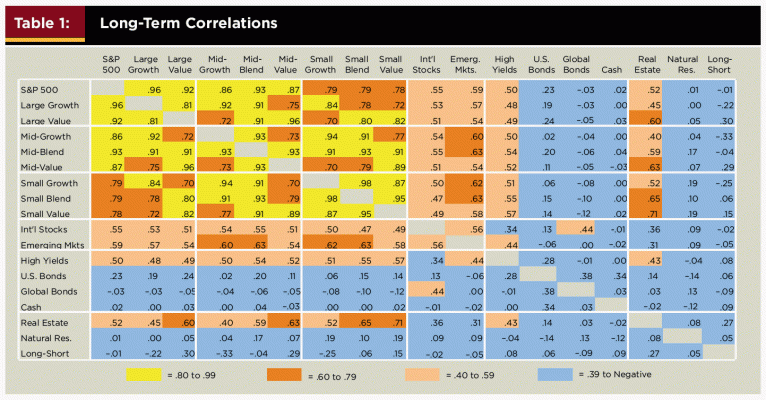IndependentlyPoor
Thinks s/he gets paid by the post
Well, well, well. It looks like Adobe Reader has a problem with this file. Perhaps the file is too large. I generally use Apple's PDF reader, Preview, and it works just fine. I'll see if I can't figure out why Adobe Reader chokes on it.




